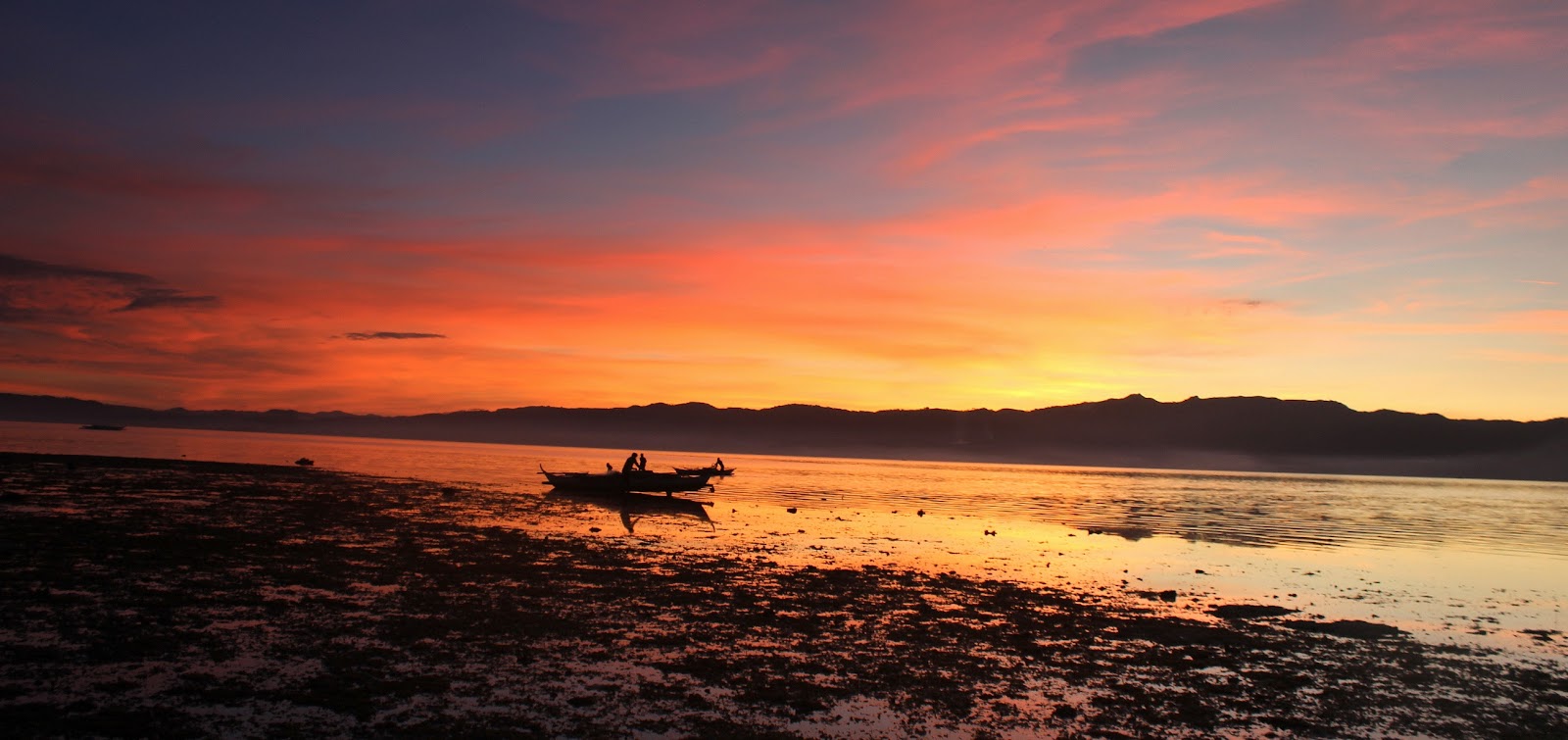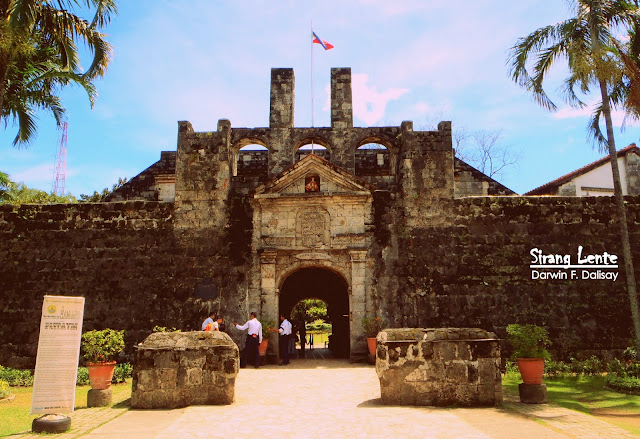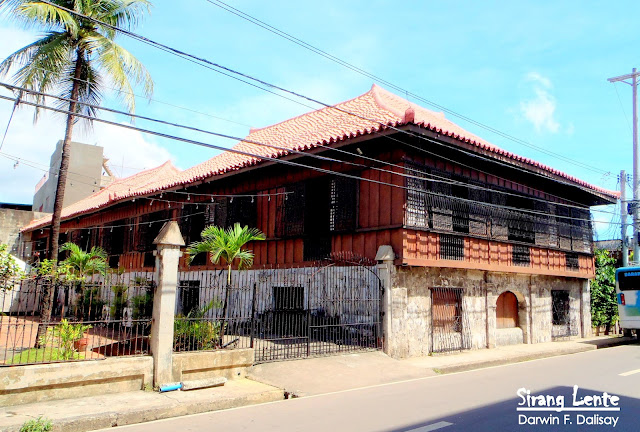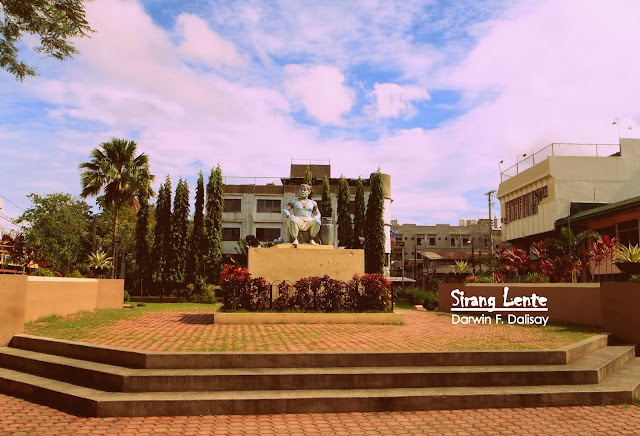
The Marikina Shoe Museum was conceived in 1998 under Mayor Bayani F. Fernando on the assumption that the City, being the Shoe Capital of the Philippines, can be a significant venue for nurturing the historical and cultural values of its shoe industry. It was opened in February 16, 2001 and was initially called the Footwear Museum of Marikina. Information courtesy: Marikina City Website









